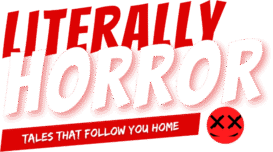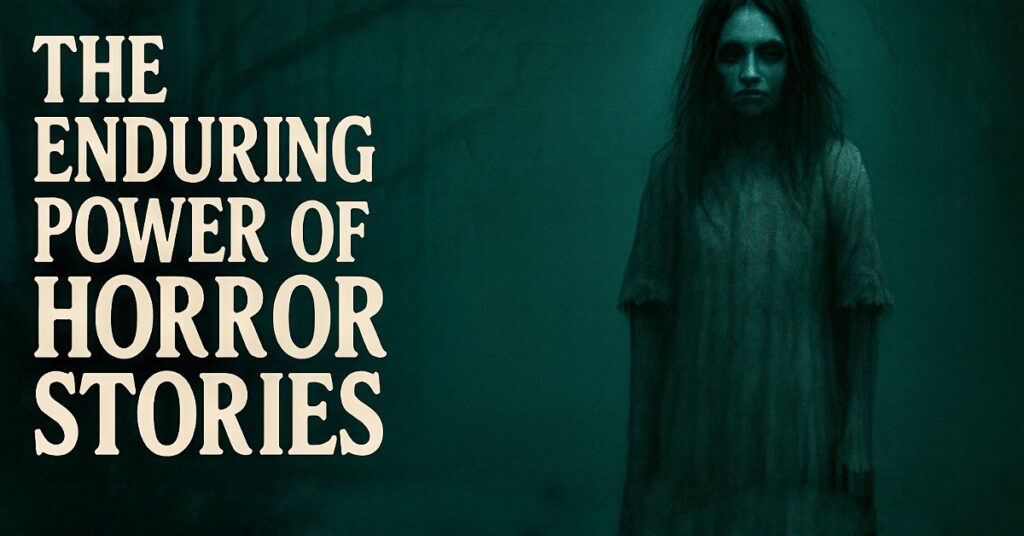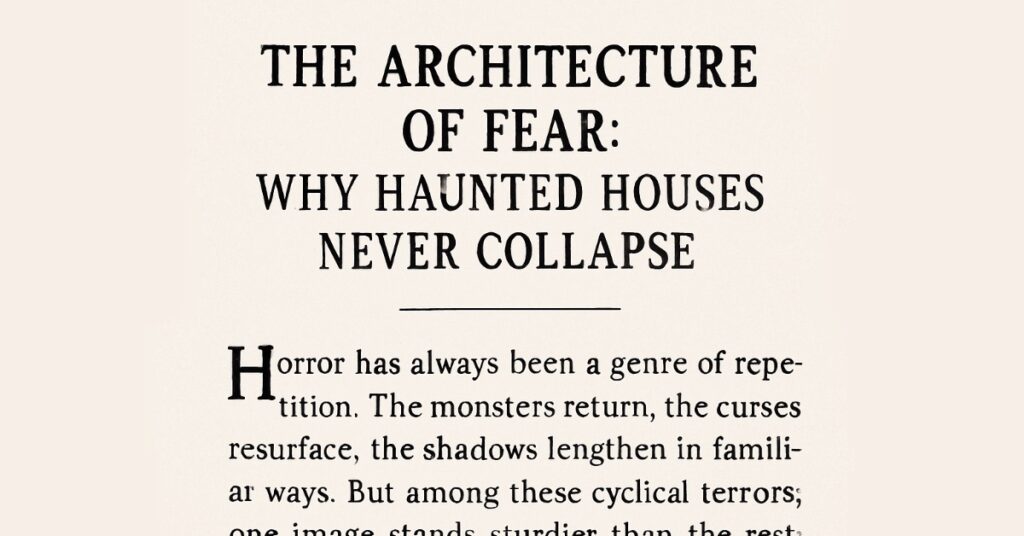Horror has never been just a genre — it is a mirror, a warning, and sometimes a haunting reminder of what we fear most. Across centuries and cultures, horror stories have been told around fires, whispered in villages, and written into literature, each tale designed to capture something larger than fear itself. They are stories of survival, loss, madness, and the unknown, and they continue to thrive because no other form of storytelling reaches so directly into the human imagination.
At Literally Horror, we treat horror fiction not as pulp but as art — a literary form capable of atmosphere, craft, and depth. Whether through short horror fiction that chills in a few hundred words or sprawling novels that immerse readers in dread, the best horror is unforgettable because it lingers long after the page is turned.
A Tradition of Fear That Never Dies
The roots of horror stretch deep into folklore and myth. Long before gothic novels or ghost stories, there were warnings told as legends: tales of spirits, demons, curses, and creatures lurking at the edges of the known world. These early folklore horror stories carried lessons about morality, danger, and survival, yet they also entertained — a reminder that fear and fascination have always gone hand in hand.
From Gothic classics like Frankenstein and Dracula to modern masterpieces of psychological horror, the tradition has only grown stronger. Every generation reshapes horror to reflect its anxieties: plagues and curses in one century, urban decay and technological dread in another.
The Many Faces of Horror
Horror’s endurance lies in its diversity. While the word “horror” suggests something unified, the truth is that horror fiction unfolds across countless forms, each designed to strike different nerves:
- Supernatural Horror: Ghosts, spirits, and the uncanny — forces that defy reason and remind us of the thin line between life and death.
- Psychological Horror: Stories of madness, obsession, and the fragile mind. Fear here comes not from monsters but from ourselves.
- Folklore & Mythic Horror: Tales rooted in cultural memory, resurrecting old legends that still terrify.
- Urban Horror: Modern nightmares — abandoned cities, decaying neighborhoods, or the sense that evil lives just next door.
- Body Horror: The grotesque transformation of flesh, reminding us of mortality and the fragility of our own forms.
Each subgenre expands the reach of horror stories, ensuring there is always a new way to unsettle the reader.
Why We Return to Horror Stories
Why do people keep coming back to horror stories? The answer lies in both art and psychology. Fear, in controlled doses, is exhilarating. It sharpens the senses and forces us to confront things we would otherwise avoid. A chilling story allows us to step into danger without ever leaving the safety of our chair.
But beyond thrills, horror has always been a language of truth. The most powerful literary horror speaks to oppression, grief, trauma, or cultural anxieties. A ghost story may be about a haunted house — but beneath it might live a tale of displacement, family secrets, or collective guilt. The genre thrives because it is endlessly adaptable, capable of carrying hidden meanings behind the shadows.
Horror Stories in the Modern Age
In today’s world, horror continues to reinvent itself. Online forums spread short bursts of creepypasta horror fiction that feel like urban legends reborn. Streaming platforms fuel new waves of cinematic terror. Independent writers publish short horror stories that rival the classics in craft and imagination.
At Literally Horror, we see ourselves within this continuum. Our commitment is to publish short horror fiction that values language, tension, and atmosphere. Every story chosen is meant to disturb, unsettle, and endure — horror that lives in the mind as much as on the page.
The Future of Literary Horror
The genre shows no signs of slowing down. If anything, horror fiction is growing stronger — embraced by new generations, crossing into new media, and finding fresh ways to disturb. From AI-generated nightmares to revivals of folk horror, the possibilities are endless.
What remains constant is the hunger for horror stories that matter — stories that frighten, yes, but also stories that linger, echo, and say something about who we are. That is the mission of Literally Horror — to create and curate horror as art, for those who believe fear is not only an instinct, but also a kind of truth.




